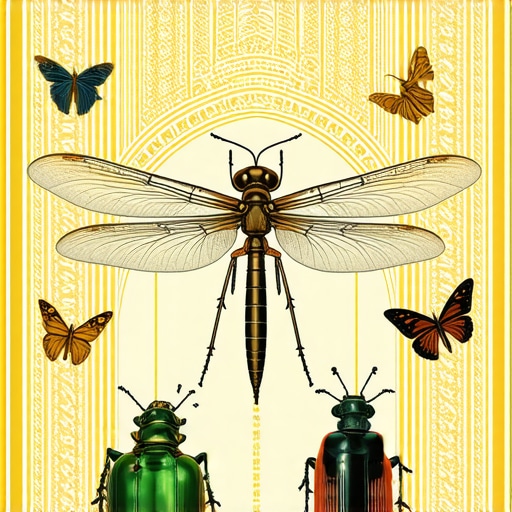Ants in Dream Islam: What Do Sacred Signs Reveal About Your Life?Ants in Dream Islam: What Do Sacred Signs Reveal About Your Life?
My Personal Journey into the Mystical World of Dreams and Sacred Signs Ever since I started paying close attention to my dreams, I realized how profound and symbolic they can


